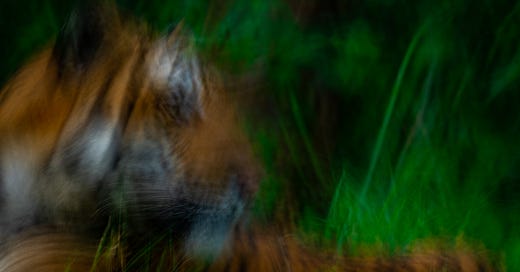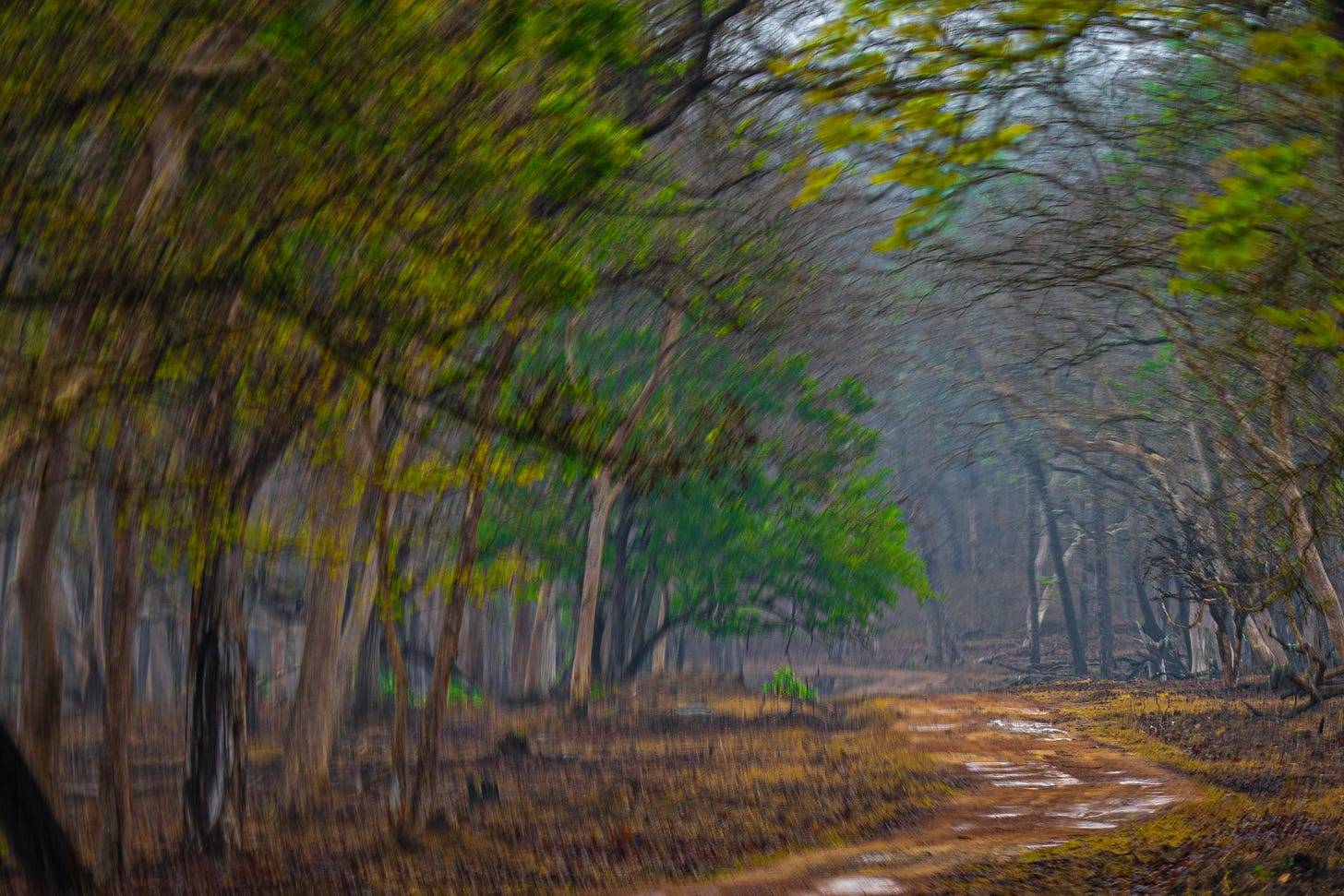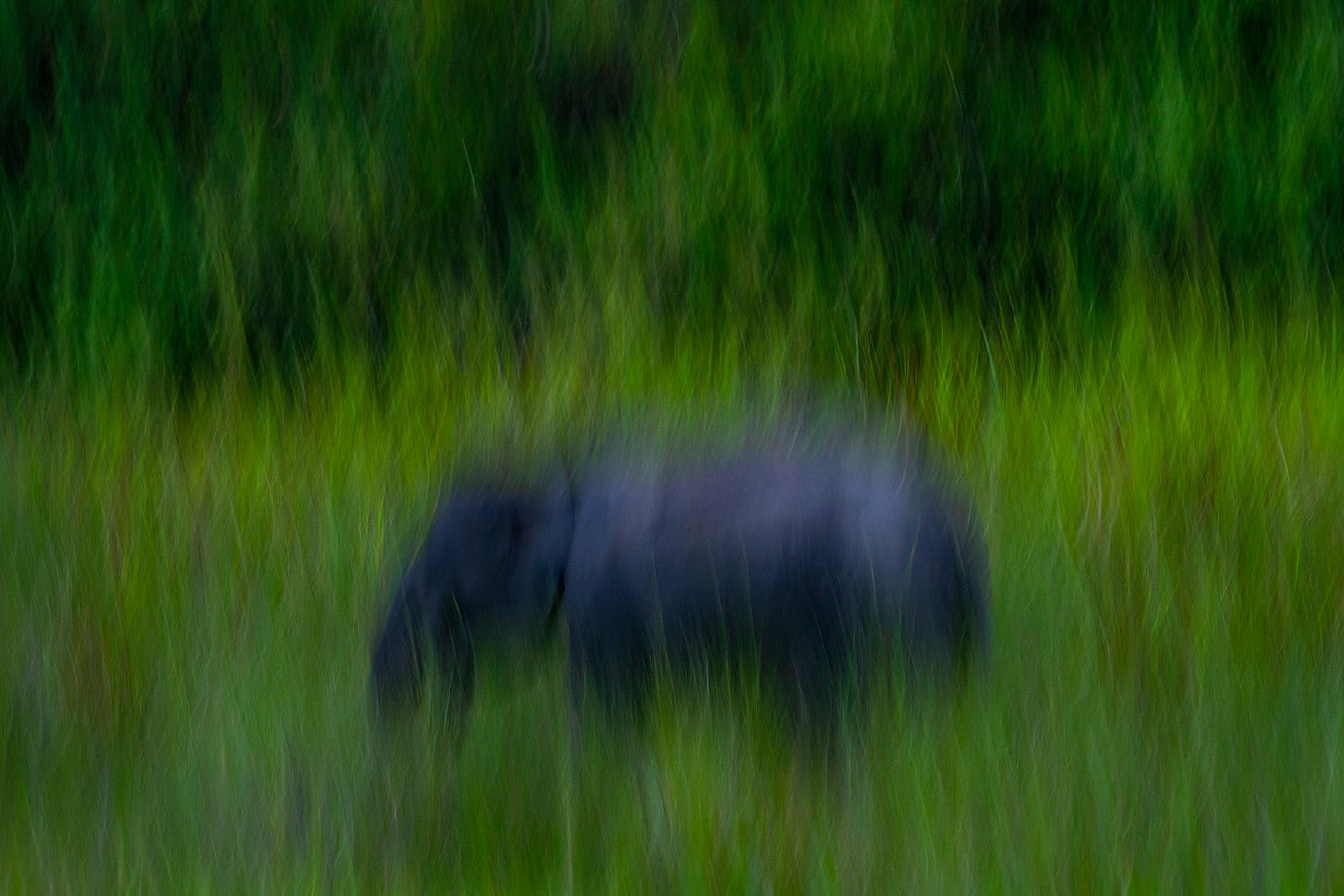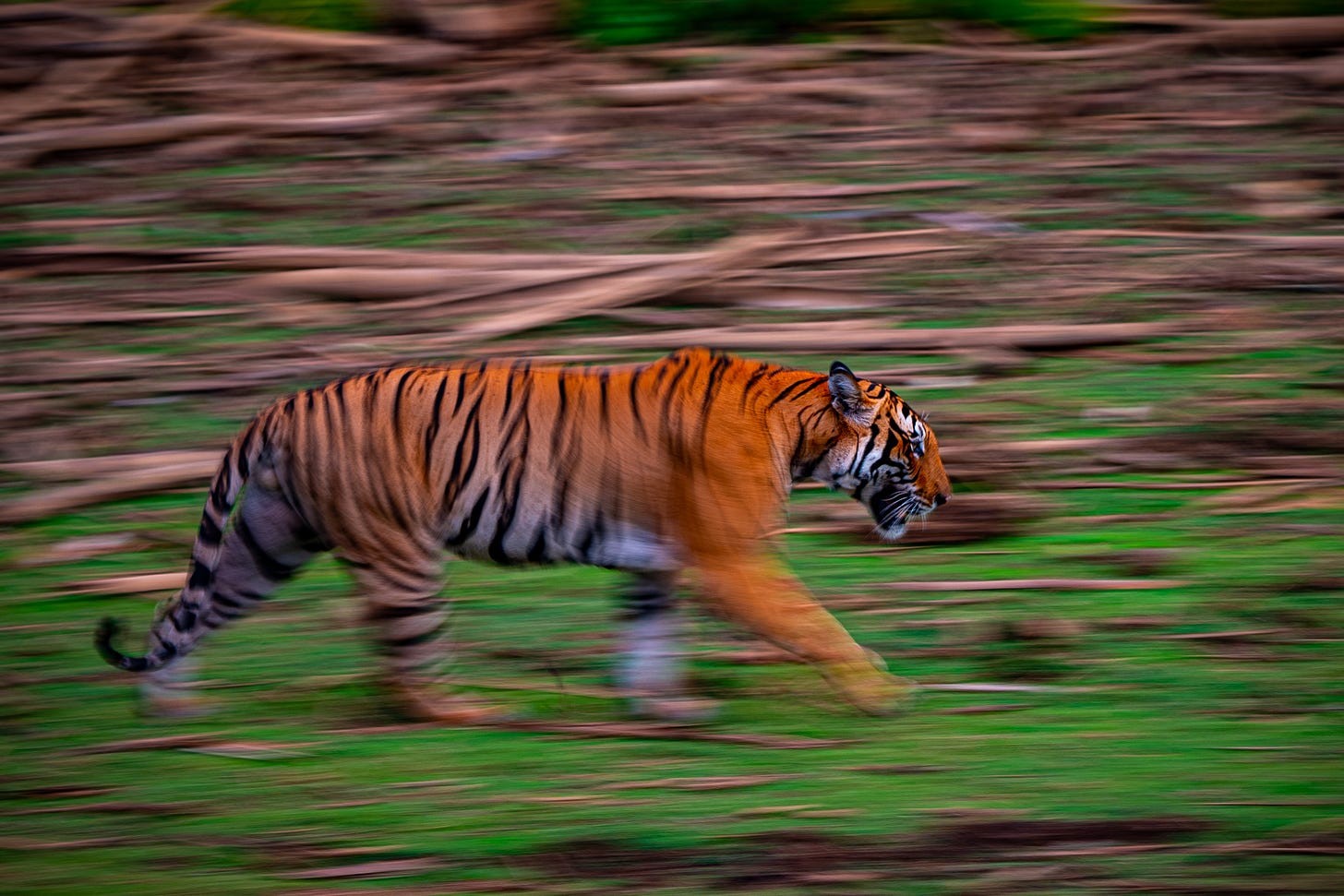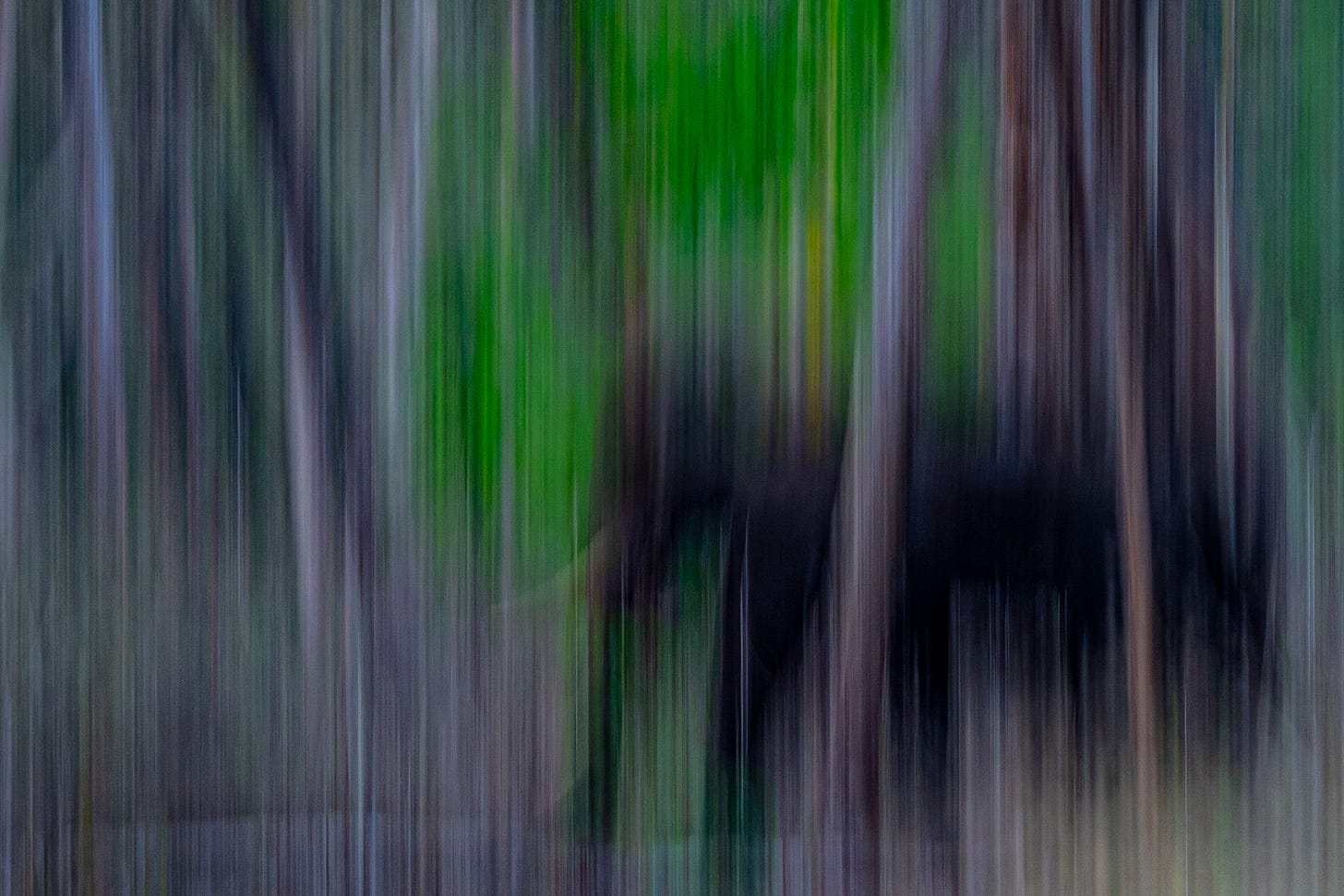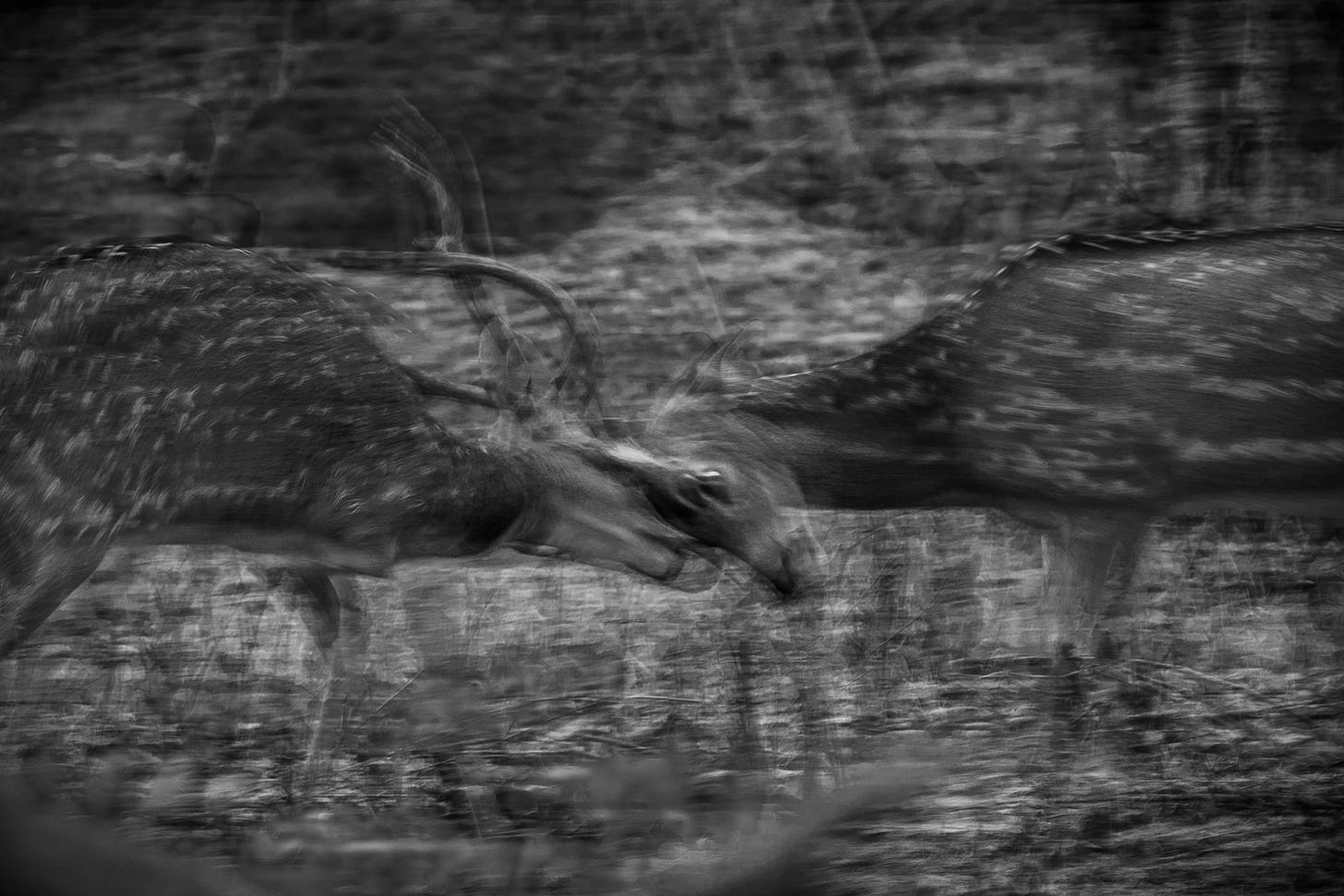Abstraction
Blur
As Photographers, most of us are accustomed to capturing crisp, focused images that freeze a moment in time. While these photographs hold their charm, they are overdone and boring. To stand out, you must use creative techniques and make beautiful abstract images.
What is Motion Blur?
Motion blur occurs when a moving subject in your photo is captured as a streak or blur due to the camera's exposure time. It conveys a sense of motion and speed, making still images feel dynamic and alive.
How can you create motion blur?
Motion blur occurs when there is relative movement between the camera's sensor and the objects within the frame during the time the shutter is open.
To do so...
Increase the time your shutter is open- Reduce your shutter speed set between 1/10s and 1/4s or even lower.
Balance exposure- Drop your ISO and increase your aperture to ensure your image isn't overexposed.
Move- Either move your camera or move your subject to create blur.
Types of motion blur
Panning- The most common form of motion blur, panning is done by moving the camera in line with the motion of the object blurring the background but keeping the subject in focus.
Camera- You can create camera blur by moving your camera when your subject is stationary. Making abstract blury images that make you stand out.
Subject- You can create subject blur by moving your subject while keeping your camera stationary, creating unique and intriguing images.
Motion blur is a versatile and artistic tool in photography that can transform ordinary scenes into dynamic, visually striking compositions. By understanding when and how to use motion blur, you can add a new layer of creativity to your photography and capture the beauty of movement in still images.
Thanks for reading Scientia Šerida! Subscribe for free to receive new posts every week!
Did you enjoy this issue? Share it with a friend who might love it too.
For similar posts browse Scientia Šerida Archive
Find me on Instagram as @dhruv_matthan
Or on Twiter as @DhruvMatthan

